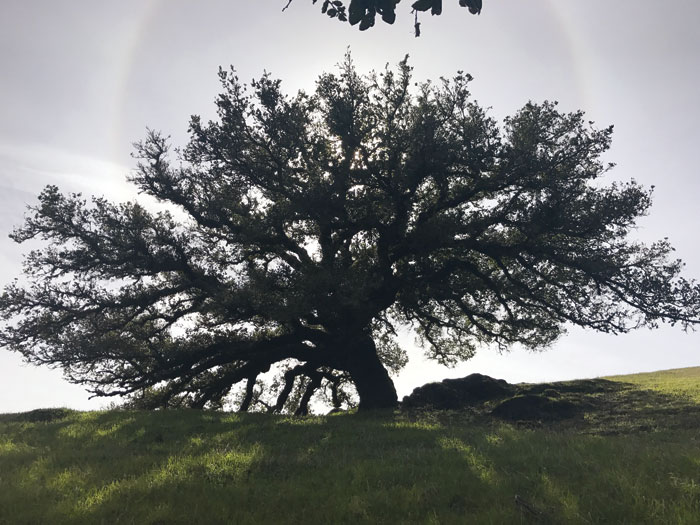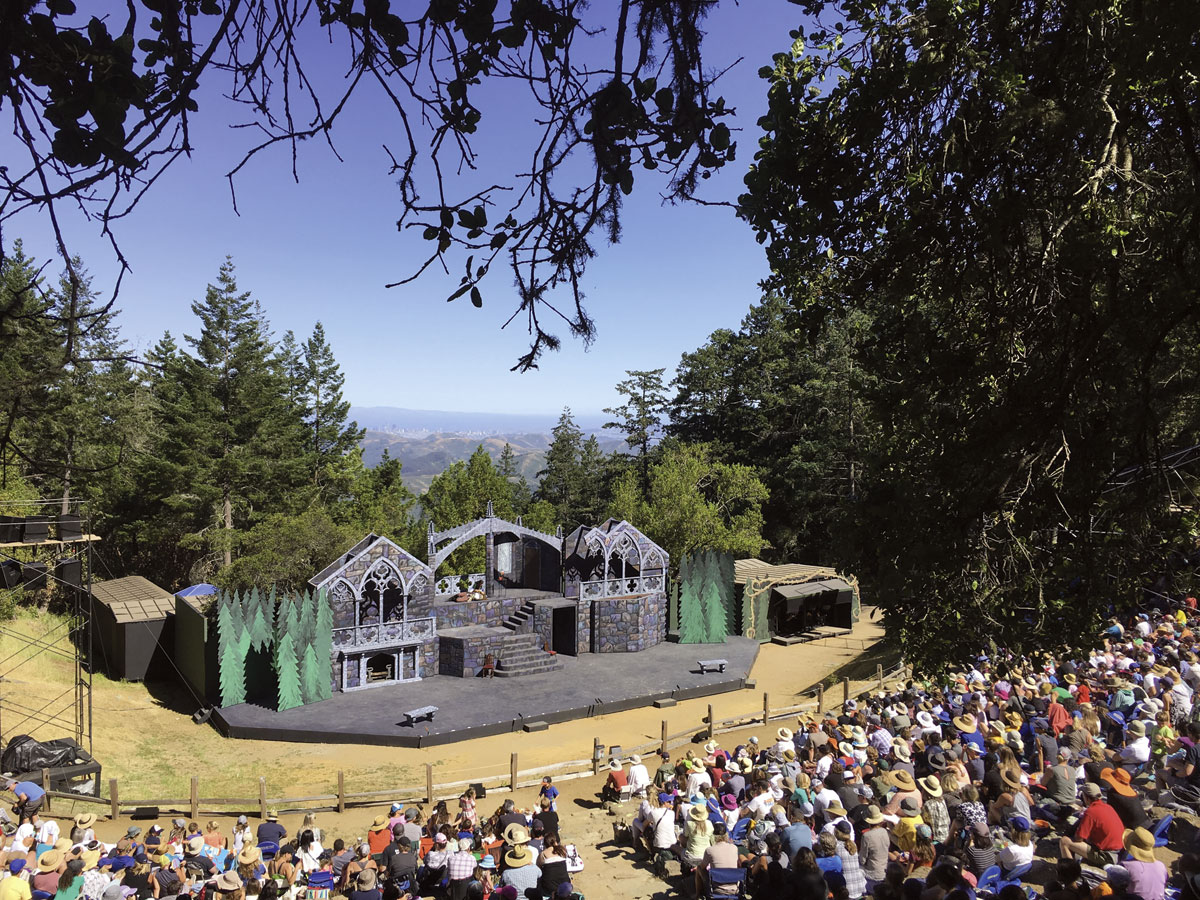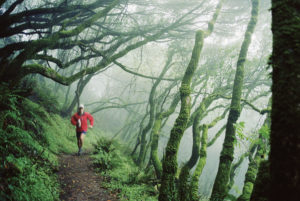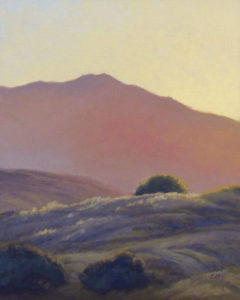Oz. Never-Never Land. Brigadoon. The West Side streets of New York.
Coast live oak. Douglas-fir. Serpentine. Acorn woodpecker and western fence lizard.
Remember, they are an exotic species in the Western United States, and are rapidly increasing their geographic range and range of habitats. Are they outcompeting or excluding native species in the process? How would we know? We have done almost nothing to monitor changes in the assemblage of mushroom species in areas before and and after the incursion of death caps.
Further Reading
Pringle et al, “The ectomycorrhizal fungus Amanita phalloides was introduced and is expanding its range on the west coast of North America,” Molecular Biology 2009
Lockhart et al, “Simultaneous emergence of multidrug-resistant Candida auris on 3 continents confirmed by whole-genome sequencing and epidemiological analyses,” Clinical Infectious Diseases 2017
Battalani et al, “Aflatoxin B1 contamination in maize in Europe increases due to climate change,” Scientific Reports 2016
Mount Tamalpais: A Mountain of Stories

A Mountain of Stories was produced by Bay Nature magazine with the generous support of the Tamalpais Lands Collaborative for publication in the October-December 2017 issue of the magazine. Read more stories from the mountain:
- Meet Mount Tamalpais, by John Hart
- Nature and Culture Mix in a Theatre Among the Oaks, by Claire Peaslee
- The Nature of the Dipsea Race, by Alisa Opar
- Alice Eastwood and the Plants of Tamalpais, by John Hart
- On the Hunt for Mount Tam’s Two Known Badgers, by Mary Ellen Hannibal
- Snorkel Surveys Reveal the World of Mount Tam’s Creeks, by Ariel Rubissow Okamoto
This is one extraordinary crossroads of nature and culture. Welcome to Mount Tamalpais State Park and a forested slope at just over 2,000 feet elevation, where breezes blow in from Stinson Beach, hikers come and go, and wildlife abounds. Welcome also to the Sidney B. Cushing Memorial Amphitheatre, better known as the Mountain Theatre, where plays and productions have taken place outdoors in the park for more than a century, these days replete with live orchestra, special effects, elaborate temporary staging, and stone slab seating for 4,000 people.
Listen in on a conversation at the theatre on Mount Tam with Bree Hardcastle, environmental scientist with California State Parks, and Sara Pearson, executive director of the nonprofit Mountain Play.
Bree Hardcastle: Up here you realize that people watching a play are almost certain to also experience nature. I can’t imagine that you could sit here at a play and see what’s all around you, and feel and smell the air, and not let that get in at some level—have it move you.
Sara Pearson: The power of this place is palpable. Some of the big rock outcrops and trees nearby have actually had roles in the plays! One really big oak used to be right in back of the stage and the actors could get some shade there. It was known as God’s Tree, because when God spoke in a play the voice would actually come from up in that tree!
But the amphitheater itself is the biggest character we have. It’s a being. James Dunn, who directed our plays for 30 years, used to talk about walking the trails of Mount Tam when he was a boy. He said that directing the Mountain Play in this sacred space was the thing that touched his heart the most.
Bay Nature: Just the stones that make up all these seats are fantastic. It feels like they’re growing out of the hillside. What kind of rock are they?
BH: Some are serpentine—the state rock of California.
SP: Look at the green in the rock, shining all along the rows. That’s one of the things I love—that you can see the colors. The blocks are actually huge; we’re only seeing the very tops.
BH: And all the stone here was quarried from the mountain. There are multiple quarries in the state park because the Civilian Conservation Corps had multiple projects in the park in the 1930s.

BN: So right now there are acorn woodpeckers and juncos calling, and I’m guessing some of the critters that live here may appear during shows.
SP: They definitely do! We often have turkey vultures come in and fly really low over the action, checking out what’s going on. They’re really curious!
BH: And they can smell from so far away.
SP: We always get squirrels and chipmunks running around, and there’s one famous story. This squirrel came running right out across the stage, all the way to the center, and I swear he stopped right at the edge, facing front, and just stood there and put up one paw like he was hailing a cab! Of course the audience burst into laughter—and it was in the middle of a ballad.
Also, some of these beautiful oak trees were planted by the designer Emerson Knight back in the 1930s to grow inside the amphitheater. They look like they’re sprouting right out of the rock. They’re important to us for another reason: shade. If you’ve been to a play here, you know it can get really warm by the middle of the afternoon. The first thing a lot of people ask for when they call for tickets is … shade. So it was devastating when a beloved tree that shaded the front orchestra section died. It succumbed to Sudden Oak Death.
BH: It had to be removed, for safety. But one thing we could do here is plant new live oaks—that’s the species growing here—to take the place of some of the older ones that inevitably will die from old age or Sudden Oak Death. We could come out and collect acorns from these same trees. We’d select the sites to plant them to make sure that in 50 years we still have beautiful live oaks to supply shade.
SP: I like that idea! I think the Mountain Play could get involved with that because we’ve spent significant resources trying to keep the trees that remain here healthy. Now we’re watching this oak—you can see we tucked a shade structure up underneath the tree. If we lost any of these huge limbs, we might have to double or even triple the size of that shade structure. Our shade structures actually cost about $10,000 to put up and take down every year.
BN: This makes a person grateful for live oak trees in a whole new way.

BH: Something we’re trying to do with One Tam is to go deeper and really encourage people to steward the mountain with us. To say, “Oak woodlands like the ones we see here are incredibly important, yet right behind the theater you can see dead tanoaks and madrone trees. This habitat is in decline, even here on the mountain, so it needs assistance!”
SP: That’s also in our mission statement—that we are teaching people about stewardship of the natural environment in Mount Tam State Park. Maintaining and taking care of this space, which is spiritually important to us, is enmeshed in almost everything we do. Though I guess sometimes it may not look that way if you’re a naturalist or someone outside the Mountain Play’s history and culture.
BH: We’ve been saying we need more capacity, we need more help, but it’s a much deeper and more meaningful collaboration when we can sit down and say, “OK, here’s where our needs and our missions and our goals overlap. How can we really work together to lift each other up?”
SP: We’re really grateful for that collaboration. It’s just been so long needed.
Help eliminate the spread of Sudden Oak Death: Clean your boots before hitting the trail with a stiff brush and, ideally, a few squirts of isopropyl (rubbing) alcohol to kill Phytopthera and other microbes.




